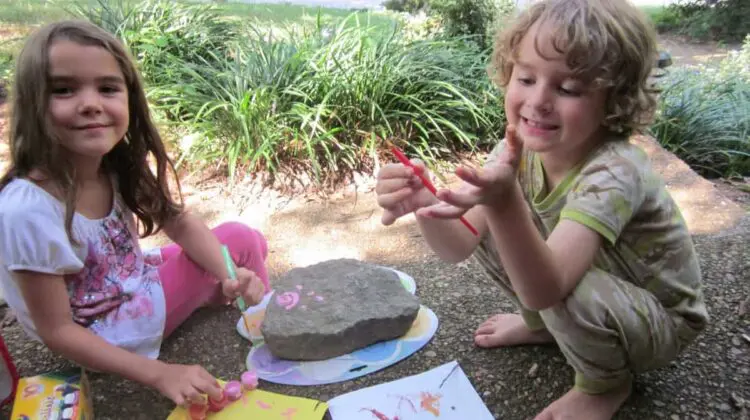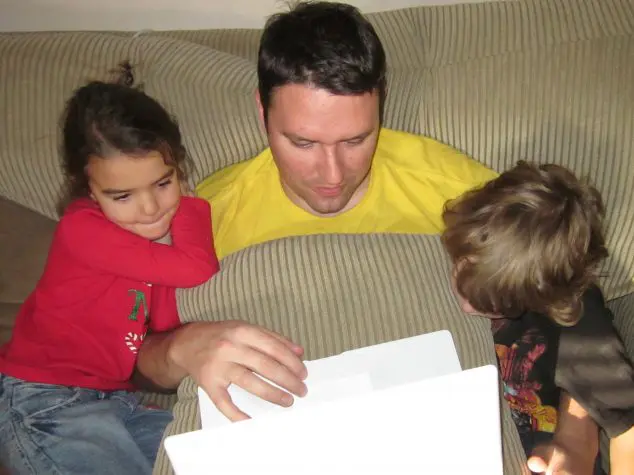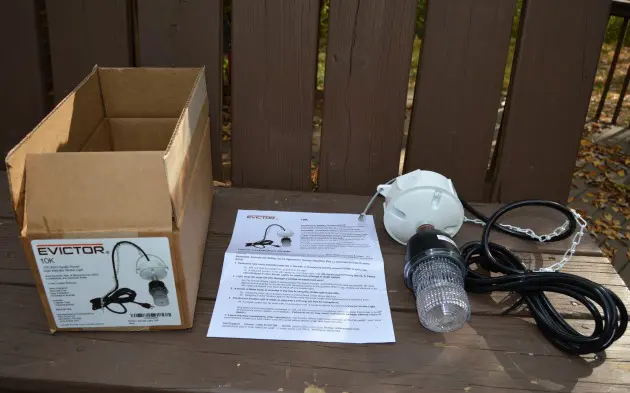One of the many areas where we can do our part to keep kids safe is right at home. As a do-it-yourself enthusiast, I know just how much fun a craft project can be for a little one. However, I’m also aware of the risks that can accompany crafts for kids if you’re not careful. […]
safety tips
How To Prepare For Winter Power Outage
It seems like the worst storm ever is always about to hit these days! In these times of severe weather, it good to ready in case you are stuck at home in an ice storm. Preparing for a winter power outage requires careful planning to ensure warmth, safety, and comfort. Focus on maintaining heat with […]
Important Winter Car Maintenance Tips & Jiffy Lube GC Giveaway
Cars are important assets- they help get us where we need to be, they help protect us, and they represent a considerable financial investment. That is why car care is important year round, especially for older or used cars. With winter conditions upon us, it is a good idea to make sure our cars are […]
10 Hiking Essentials: The Ultimate Gear Guide For Your Adventures
Are you ready to hit the trails and explore the great outdoors? Before you lace up your hiking boots and packing your backpack, make sure you’re equipped with the essential gear you need for a successful adventure. In this comprehensive guide, we’ll walk you through everything you need to know about gearing up for your […]
The Best Headphones For Kids – What You Need To Know
Uncover the top considerations when selecting headphones for your little ones, including durability, comfort, sound quality, and safety features that will make their listening experience truly exceptional. This article will share the hidden dangers lurking in ordinary headphones designed for kids and find out how to choose the safest option for your child’s hearing health. […]
Eight Tips For Keeping Kids Safe Online
The internet is a great tool for your children to use for help with school and entertainment. Unsupervised online access can be full of dangers, however, and your kids should be monitored. Here are eight tips for keeping kids safe online. It is also a good idea to discuss with your child why these precautions […]
How To Get Rid Of Squirrels In The Attic
Have you got squirrels in your attic? The can be a real problem. In fact, according to HubPages, squirrels are responsible for about 30,000 house fires each year! When I heard that statistic, I decided to seek out squirrel removal from attic ASAP. I thought I would share my personal experience seeking squirrel removal and […]







